Slow Power Blues Guitar Lessons - Andy Aledort - Doublestop Sixths
Published on 14 March 2016
FULL COURSE, TAB, JAM TRACKS: http://truefire.at/fSuNGd
More Free Guitar Lessons: http://bit.ly/TrueFire
On Twitter - http://www.twitter.com/truefiretv
On Facebook - http://www.truefire.com/facebook
Another of the techniques that is utilized within this chorus of slow blues soloing is doublestop sixths: a doublestop is a two-note figure, and sixths are two notes that are an interval of a sixth apart, within the major scale structure. This blues is played in the key of E dominant, also known as dominant seventh (as opposed to being a minor blues). This means that all of the chords present are dominant seventh chords; in the key of E, the I (one) chord is E7, the IV (four) chord is A7 and the V (five) chord is B7. The scale that works best with these chords is known as the E Mixolydian mode (E F# G# A B C# D). The first, third and fifth notes of the scale, E, G# and B, when played together, sound a major triad and an E major chord. Add the seventh scale degree, D, and you have whats known as an E7 (or E dominant seventh) chord.
I begin this solo with notes that are sixths apart, diatonic to (within the scale structure of) E Mixolydian: in bar 1, on the downbeat of beat one, I slide up to B on the G string, and G# on the high E string; these two notes are sixths apart. Additionally, I play a D note on the B string, forming an E7 chord voicing. At the end of bar 1, I trill (quickly alternate) between the minor third, G, and the major third, G#; moving back and forth between minor and major thirds is an essential part of blues soloing.
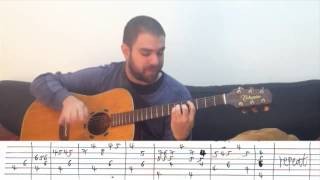 Tutorial: A Fingerstyle Jazzy Blues Tune (Leisure...
Tutorial: A Fingerstyle Jazzy Blues Tune (Leisure...
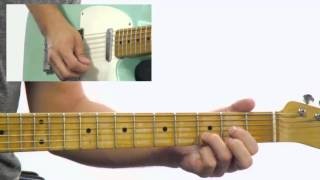 50 Blues Rhythms - #41 - Guitar Lesson - Corey Con...
50 Blues Rhythms - #41 - Guitar Lesson - Corey Con...
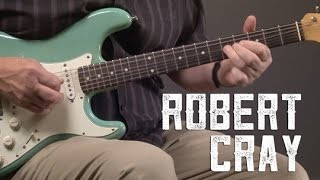 Robert Cray Blues Guitar Lesson
Robert Cray Blues Guitar Lesson
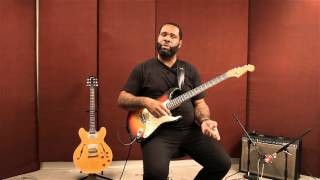 Kirk Fletcher Blues Guitar Lessons
Kirk Fletcher Blues Guitar Lessons
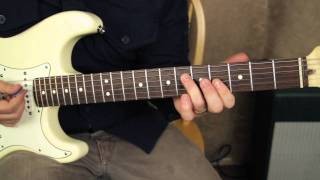 Stevie Ray Vaughan - Tightrope - Blues Guitar Less...
Stevie Ray Vaughan - Tightrope - Blues Guitar Less...
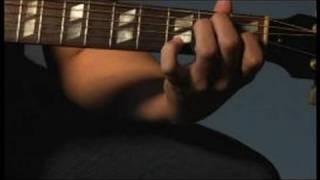 Free Guitar Lessons: Country Blues Fingerpicking :...
Free Guitar Lessons: Country Blues Fingerpicking :...
 Blues Turnaround You MUST Learn! Guitar Lessons -...
Blues Turnaround You MUST Learn! Guitar Lessons -...
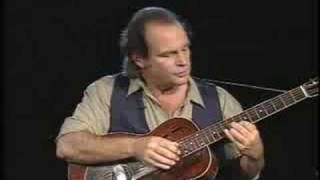 Steve James Teaches Delta Blues In A
Steve James Teaches Delta Blues In A
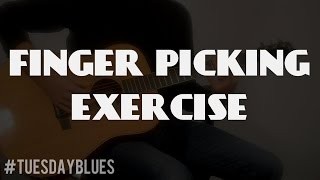 Expanded Fingerpicking Exercise | Tuesday Blues #0...
Expanded Fingerpicking Exercise | Tuesday Blues #0...
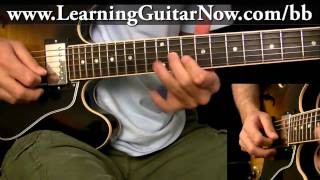 BB King Guitar Lesson: Swing Blues Lick
BB King Guitar Lesson: Swing Blues Lick